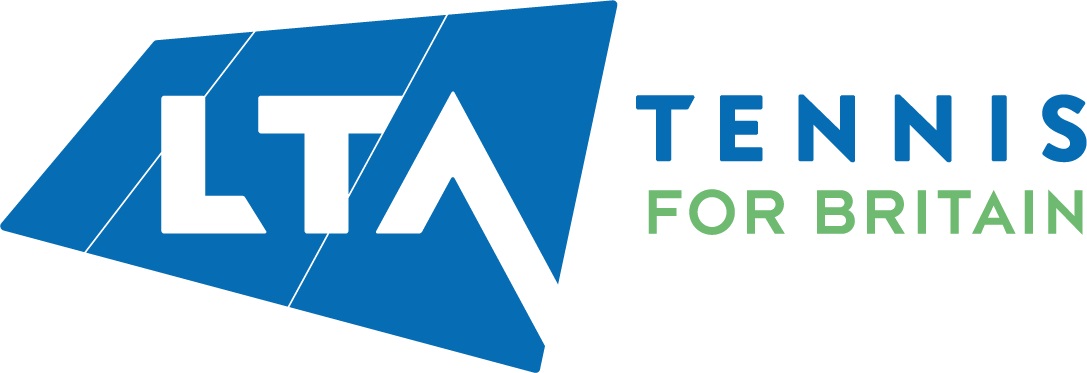I read a fantastic piece of analysis on the Australian Open by Craig O’Shannessy on the Australian Open website and wanted to share it with you here and see how that relates to junior and club players.
Craig was kind enough to let me share it here, so big thank you to him, you can find Craig on twitter @BrainGameTennis
Here is Craig’s analysis with some added notes from myself:
http://www.ausopen.com/en_AU/news/articles/2016-02-02/ao_analyst_tournament_review.html
1. Tennis is a Game of ERRORS.
If there are any players on the planet that should not miss the court when they hit a ball, it’s the field at Melbourne Park. But they actually miss a lot, just like the rest of us.
In the men’s draw, 64 per cent of all points for the entire tournament ended in an error. As much as you may like to hit winners, they represented just 36 per cent of all points. The ladies are right in the same ballpark, with 67 per cent errors, and 33 per cent winners.
Takeaway: the primary way you want to end a point is forcing an error, not hitting a winner.
From Jonty: Stay in the points, don’t go for wild shots, get that ball over and in one more time than your opponent!
2. The Baseline is a LOSING proposition.
If any specific strategy you attempt on a tennis court wins you more than 50% of points, then keep doing it.
Rallying from the baseline is an essential part of our sport, but it’s also a very difficult place to be successful from. The Australian Open average win percentage from the back of the court for the men was just 46 per cent – 48 per cent for the ladies.
It is pretty safe to say that Djokovic is the world’s best player from the back of the court, but he was able to only win 54 per cent of his baseline points for the tournament.
Angelique Kerber stunned Serena Williams in the ladies final, and Kerber only averaged winning 52 per cent from the back of the court. It’s quite rough back there.
Takeaway: the baseline is not a high percentage place to play from. Much better to develop an all-court game.
From Jonty: The court is a big place, learn to love all of it!
3. Get to the NET
The “herd mentality” in tennis says it’s too tough to get to the net in today’s game with faster athletes, better strings, and more powerful racquets to contend with.
The herd is wrong.
While the baseline average win percentage languishes below 50 per cent, both men and women won exactly 67 per cent of the time at the front of the court.
Takeaway: If you have a 50-50 ball that you could approach on, or stay back, go to the net 100 per cent of the time to activate a much higher winning percentage.
From Jonty: Martina Navratilova once told me ‘If in doubt, go forward’, don’t be afraid, take control if the time is right.
4. SHORTER is better.
There are three recognized rally lengths in tennis that help us identify different strategies used.
They are 0-4 shots long, 5-8 shots, and 9+ shots.
Djokovic looks like he loves long rallies, but he wins far more of the shorter rallies than you think.
For the entire tournament, Djokovic was +123 (493 won / 370 lost) in 0-4 shots, +39 (191 won /152 lost) in 5-8 shots, and only +28 (152 won / 124 lost) in the extended rally length of nine shots or longer.
Takeaway: work far more on your serve and return on the practice court. Endless rallies may feel good, but don’t contribute a lot to the bottom line.
From Jonty: The entry points to a point (serve and return) are crucial, make sure you can get into a point well.
5. FOREHANDS are better than backhands.
Think of it like this – your forehand is your sword to attack with, and your shield is your backhand, that is essentially more defensive by nature.
In the men’s draw, 68 per cent of all baseline winners were forehands, and 32 per cent were backhands. The women’s numbers were very similar, with 64 per cent forehand winners, and 36 per cent backhands.
Takeaway: Look for more forehands in your matches, particularly as a run-around in the ad court (for right handers).
From Jonty: Look at the flip side here as well, enjoy your forehands but try to force your opponent to play backhands (assuming he’s not Stan Wawrinka!)
6. YES, you can serve and volley
This is not a strategy of yesteryear.
The men won 67 per cent of their serve and volley points, and the ladies won 62 per cent.
This is a hidden gem that you can sprinkle into your game to freak the opponent out with a surprise foray forward to the net. Use it once a set if need be, maybe at 40-0. You would foolish to dismiss this amazing tactic, simply because of the high win percentage it yields.
Takeaway: it’s time to make serve and volley sexy again. Start developing it in practice. If you can’t put the first volley away to the open court, always volley back behind the opponent with the first volley. You are then going to be rewarded with an overhead.
Congratulations to Angelique and Novak for taking the titles Down Under. Learn from them and the rest of the field, and make your own game a lot better in 2016 as well.


